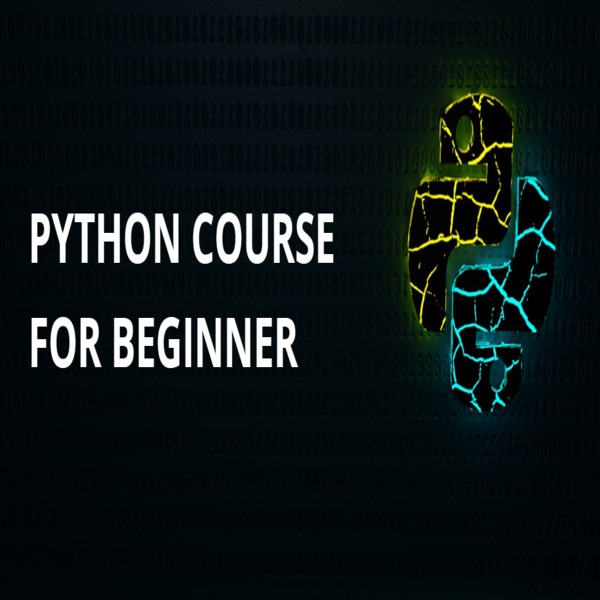Python Course for Beginners
IT & Software
What will i learn?
- Understanding of Python Fundamentals: Participants will have a solid grasp of fundamental Python concepts, including syntax, data types, variables, control flow, and basic operations.
- Ability to Write Python Code: Participants will be able to write Python code to solve simple programming problems, manipulate data, and automate tasks.
- Proficiency in Using Data Structures: Participants will be familiar with essential Python data structures such as lists, tuples, dictionaries, and sets. They will understand how to create, manipulate, and access data stored in these structures.
- Knowledge of Functions and Modules: Participants will understand how to define and use functions to organize code and solve specific tasks. They will also be proficient in working with Python modules to extend functionality and reuse code.
- Skills in File Handling: Participants will have the ability to read from and write to files using Python, allowing them to work with external data sources and store program output.
- Understanding of Object-Oriented Programming (OOP) Principles: Participants will have a basic understanding of OOP concepts such as classes, objects, inheritance, and encapsulation. They will be able to create simple Python classes and use them in their programs.
- Experience with Basic Error Handling: Participants will know how to handle errors and exceptions in Python code effectively, ensuring robustness and reliability.
- Introduction to Additional Topics: Depending on the course curriculum, participants may be introduced to additional topics such as regular expressions, working with libraries, and basic data analysis or visualization.
- Preparation for Further Learning: The course will provide participants with a strong foundation in Python programming, enabling them to continue their learning journey independently or pursue more advanced Python courses or specialized topics such as web development, data science, or machine learning.
Reviews
0
0 Ratings
Detailed Rating
About The Instructor

Instructor:Hamza Niaz
Enrolled:
1
Students
Courses:10 Courses
Review:  (0)
(0)
 (0)
(0)

0 Comments
Show More